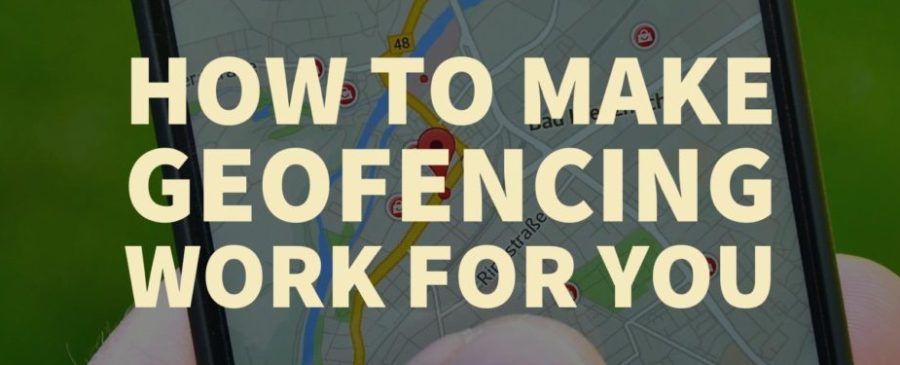How to Make Geofencing Work for Your Clinic

By now, you’ve probably heard of geofencing, or the establishing of a virtual fence around a predefined geographic area. But you still have some questions about how the technology works and, more importantly, how to make mobile marketing work for your practice.
Let’s hit the basics first. When one of your app users enters or exits a geofenced area, a banner ad will appear on one of 80,000+ apps on the mobile user’s device. This timely, relevant mobile messaging is great for customer engagement. Users hear about offers or announcements when they’re in the area and able to act on them.
How is geofencing used?
Many businesses use geofencing to simply send special offers to customers when they walk or drive near a business’s location. But there’s plenty of opportunity for creativity beyond that. For example, real estate agencies can send push notifications to possible buyers when they come near open houses, and bands can send messages to fans when they walk by a concert venue the band will be performing at soon.
But there’s no real limit on location. Coffee shops could trigger geofenced push notifications when users are downtown and in need of some pre-work caffeine. A wedding planner could set up a geofenced push notification around bridal stores and bakeries, offering helpful shopping tips or highlighting the best deals for users. Retail stores could alert users to deals when they’re nearby the local mall.
The possibilities are broad. If you’re creative, geofencing can serve as a phenomenal sales and customer retention tool.
What is the ideal size for a geofenced area?
It’s clear that businesses can set the radius of their main location’s geofence to whatever size they wish, but how big is too big? Well, a citywide radius obviously won’t help much—it lacks the location-based relevance that makes geofencing a great engagement tool. Instead, we recommend starting with a single zip code. . If you are looking to use zip code targeting, we recommend a radius of 1-10 miles around the chosen location. And if you are looking to target an area that is larger than a 10 mile radius, we recommend a designated marketing area (DMA) plan.
Other key considerations
Geofencing is not about bombarding users with messages wherever they go. If you do that, they’ll ignore your messaging altogether. Instead, the patient has to come first. Always consider whether or not you would want to receive your messages as a hypothetical user, and think about the value your program provides.
To accomplish this, don’t think of geofencing as just another way to sell to your audience. Instead, use it as an organic way to connect and add value. You wouldn’t want your favorite companies exploiting every channel to boost sales, but if they pop up every now and then with something timely, relevant, and useful, it can be kind of neat.
Your goal should be to leverage geofencing to improve your customers’ experiences and provide them with benefits. If you can do that, while also driving traffic to your location and activity on your promotions, all the better.
To learn more about SmartFencing, visit http://192.232.244.32/pdfs/SmartFencing_Brochure_3-9.pdf or email Brad Dodson at Brad.Dodson@cleardigitalmedia.net.


